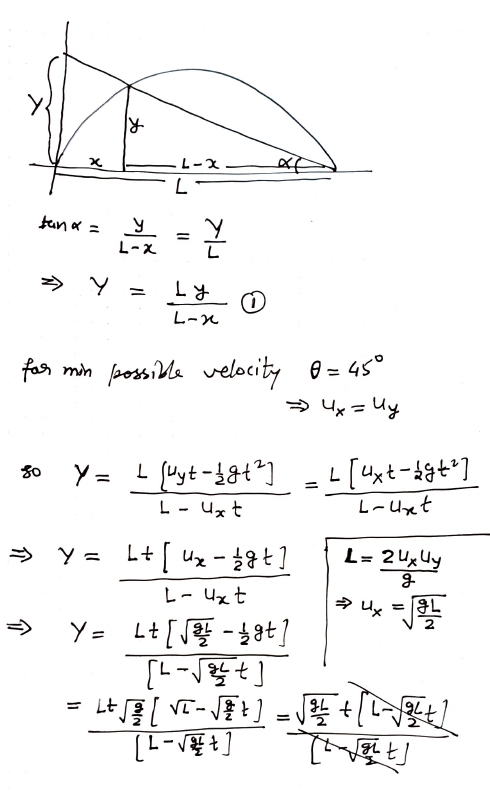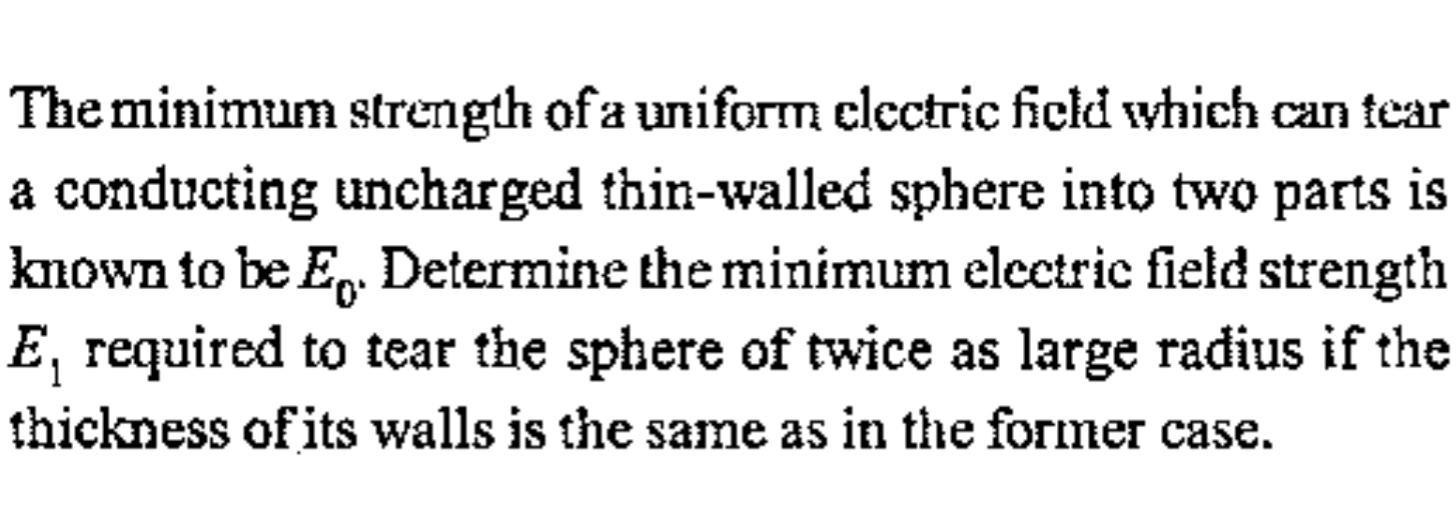576 - Physics Questions Answers
A particle of mass m = 2kg is placed on the top of a hemisphere of M 4 kg. The hemisphere is placed on smooth ground. The particle is displaced gently. Then ratio of normal and pseudo force(seen from hemisphere frame) acting on particle when theta = 30 degree. Assume particle remain in contact with hemisphere.

a small ball of mass 1kg and a charge 2/3 uC is placed at the center of a uniformly charged sphere of radius 1m and charge 1/3 mC. a narrow smooth horizontal groove is made in the sphere from centre to surface as shown in figure. the sphere is made to rotate about its vertical diameter at a constant rate of 1/2pi revolutions per second. find the spedd w.r.t ground with which the ball slide out from the groove. neglect any magnetic force acting on ball?
A small ball is thrown from foot of a wall with minimum possible velocity to hit a bulb B on the ground at a distance L away from the wall.Find the expression for height h of shadow of the ball on the wall as a function of time t.Acceleration due to gravity is g.


what is the moment of inertia of a cube about its diagonal?
While making this paper, I stayed up till late at night working with candle light. I had two
candles of equal length L lit and placed at the same time, as shown in the figure. Immediately
thereafter I noticed that the shadow of the first candle on the left wall is not changing in
length, and the shadow of the second candle on the right wall is being shortened at a speed v.
(Take d1
= 10 cm, d2
= 20 cm, d3
= 30 cm, v = 1 mm/s, L = 20 cm.)
Problem is interesting yet not complete. Complete it to get answer
thanks
Initially the spheres a and b are at potential be a and b respectively now sphere b is earthd by closing the switch the poential of a will become
No meaning can be incurred by this language. Rectify it for getting answer



